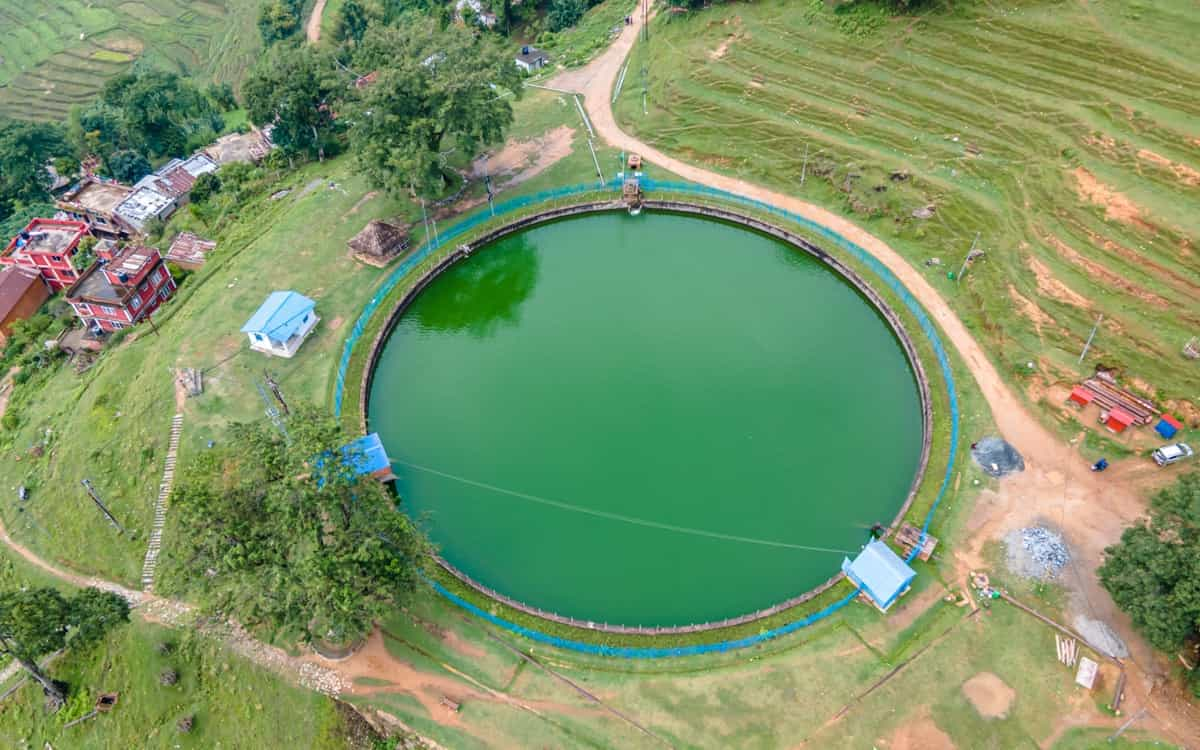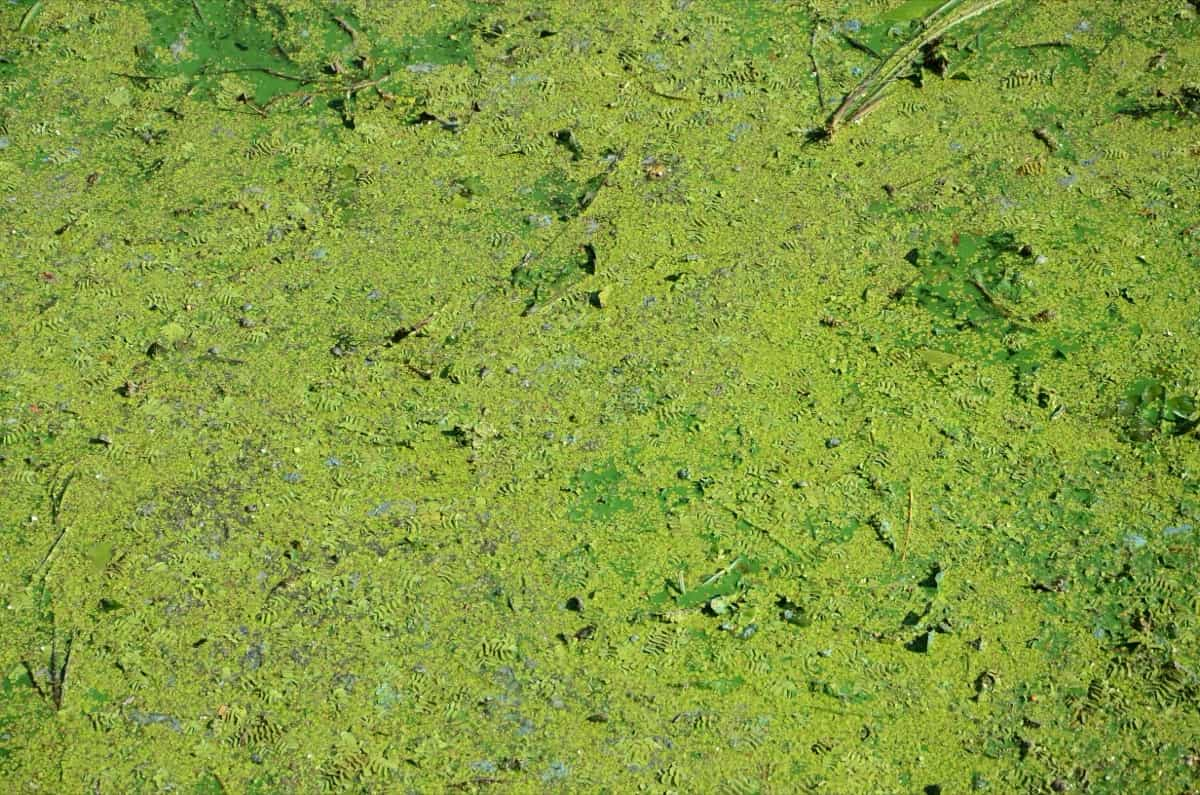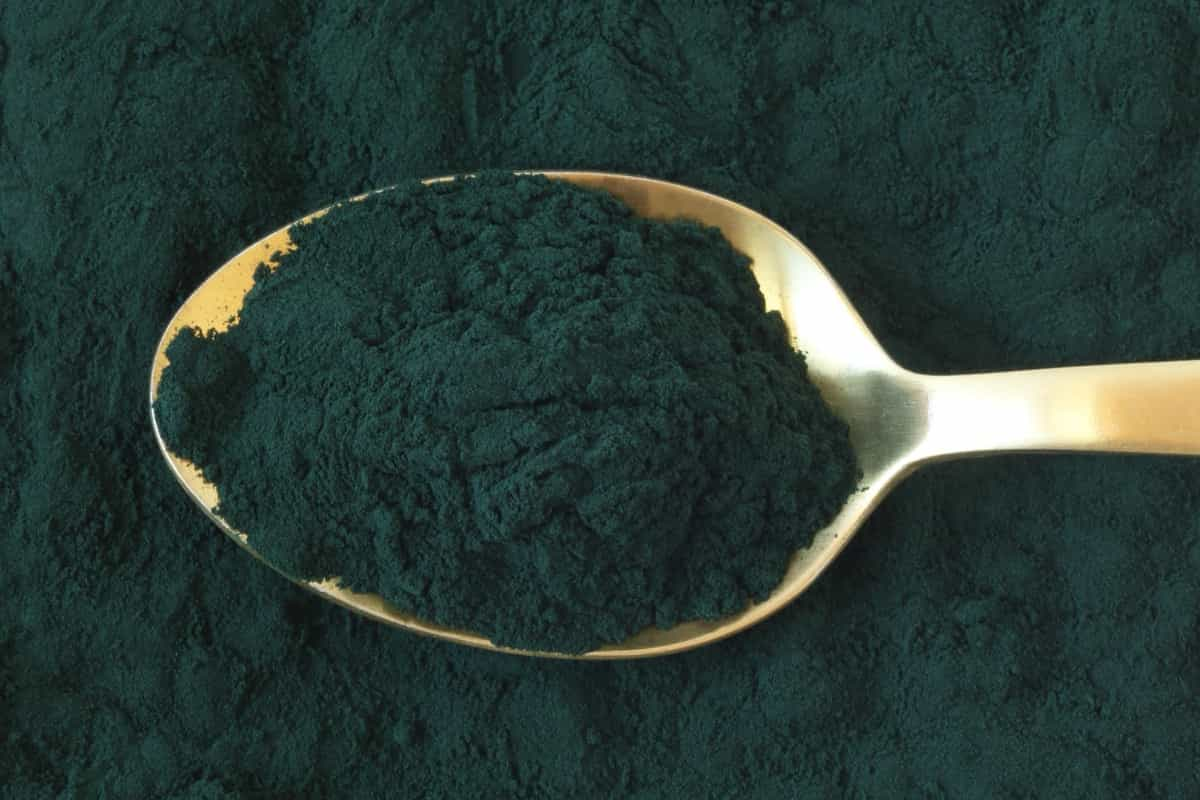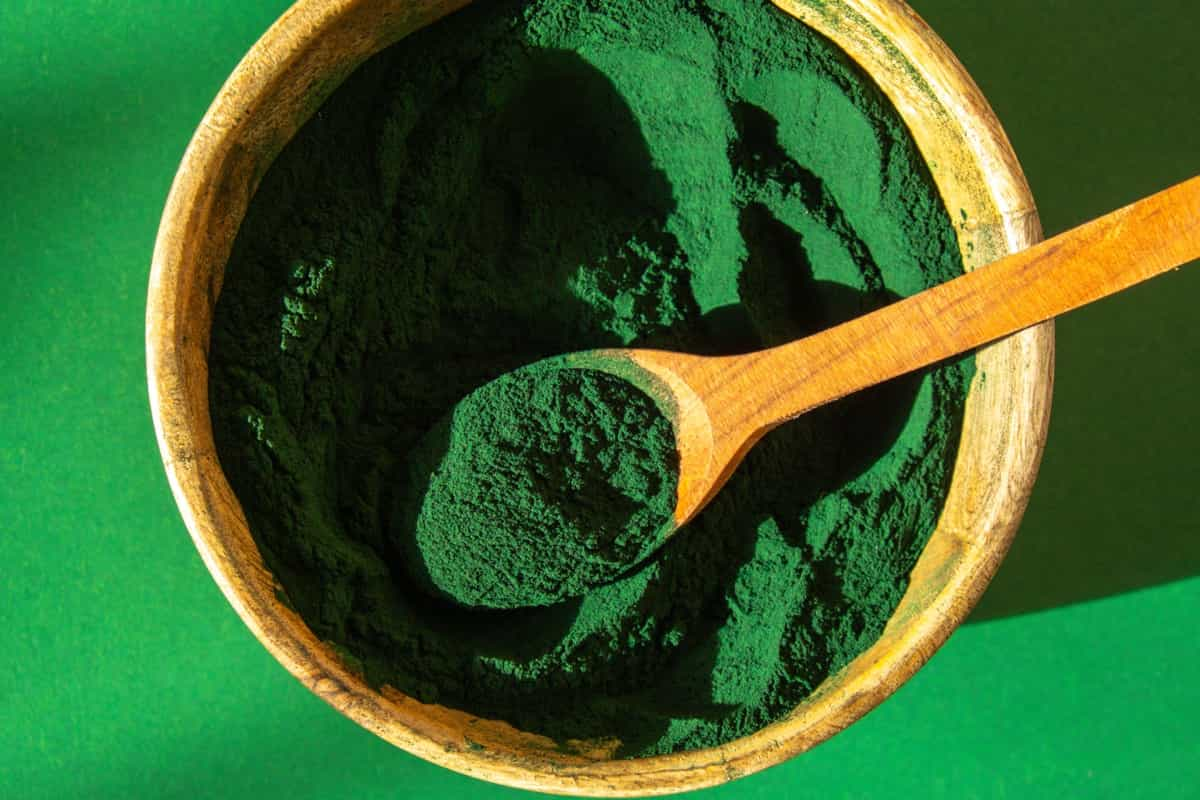Explore the exciting world of spirulina farming and learn how government initiatives in India are encouraging farmers to plant this crop. Spirulina farming is becoming more popular with an emphasis on sustainability and health, and government subsidies are essential. Examine the several programs designed to strengthen nutritional security, advance economic stability, and empower spirulina farmers.

Discover how agricultural innovation and government assistance work together to drive Spirulina farming to new heights. Come along as we explore the history of spirulina farming in India, a sector fueled by laws intended to protect the environment and promote the national economy.
Subsidy for Spirulina Cultivation
Introduction to Spirulina Cultivation
Spirulina is a blue-green algae that has been used as a dietary supplement for its high nutritional value and health benefits. Spirulina is rich in content such as protein, vitamins, minerals, antioxidants, and essential fatty acids. Spirulina can help improve immunity, reduce inflammation, lower cholesterol, and prevent anemia. Spirulina can used as a natural food colorant and animal feed.
Spirulina cultivation is a profitable and sustainable business opportunity for farmers in India. It can be grown in any type of water, such as salty water, rainwater, fresh drinking water, etc. Spirulina requires a high pH level of 9-11, which prevents the growth of competitors or pathogens in the culture medium. It can be harvested every 10-15 days throughout the year, with a yield of about 10-15 kg per 1000 liters of water.
Indian Government Schemes Encouraging Spirulina Farmers
The Indian government has launched several programs to encourage the development of spirulina because it understands its importance. Farmers interested in spirulina cultivation may access training programs, incentives, and technical support from various agricultural departments and research institutes.
- The National Horticulture Mission (NHM) provides a 50% subsidy for setting up spirulina production units, including tanks, pumps, filters, agitators, etc.
- The Rashtriya Krishi Vikas Yojana (RKVY) provides a 75% subsidy for spirulina cultivation under the micro-nutrient security component.
- The National Bank for Agriculture and Rural Development provides loans at low interest rates for spirulina farming projects under the Rural Infrastructure Development Fund (RIDF).
- The Ministry of Micro, Small, Medium Enterprises provides financial assistance for establishing spirulina processing units, such as dryers, grinders, packaging machines, etc.
- The Department of Biotechnology (DBT) supports research and development activities on spirulina cultivation, such as strain improvement, quality control, product development, etc.
In case you missed it: How this Farmer Earning 80000 Rupees from Spirulina Cultivation: Success Story of a Young Farmer in India

Government Schemes for Spirulina Cultivation
Cultivating spirulina is a low-cost and high-income farming activity that can provide food security, income generation, and environmental benefits. It can also be used as a dietary supplement, animal feed, biofertilizer, or biofuel. Some of the schemes and their eligibility criteria are:
National Horticulture Mission (NHM)
This scheme provides financial assistance for setting up spirulina production units, including tanks, pumps, filters, harvesters, dryers, etc. The subsidy is 50% of the project cost for general category farmers and 75% for SC/ST/women farmers. The maximum subsidy per beneficiary is Rs. 25 lakh. The eligible farmers should have at least 0.5 hectares of land with assured water supply and electricity connection.
National Mission on Micro Irrigation (NMMI)
This scheme provides subsidies for installing micro irrigation systems, such as drip or sprinkler, for spirulina cultivation. The subsidy is 40% of the system cost for small and marginal farmers and 20% for other farmers. The maximum subsidy per hectare is Rs. 60,000 for drip and Rs. 45,000 for sprinkler. The eligible farmers should have at least 0.1 hectare of land with a water source within 500 meters.
Rashtriya Krishi Vikas Yojana (RKVY)
This scheme assists with various activities related to spirulina cultivation, such as training, demonstration, quality control, marketing, etc. The assistance is 100% of the project cost for state governments and 75% for NGOs/private agencies. The eligible beneficiaries should be registered under the relevant department or agency and have experience in spirulina cultivation.
SpiralG Project
This is an EU-funded project that aims to demonstrate the feasibility of a spirulina biorefinery concept in the EU. The project involves developing innovative technologies and processes for producing high-value products from spirulina biomass, such as phycocyanin, polysaccharides, bioplastics, etc. The project also involves creating a network of stakeholders and promoting spirulina as a sustainable bioresource.
The eligible partners should be from EU member states or associated countries and have expertise in spirulina production or biorefinery. These are some of the schemes that encourage spirulina farmers and their eligibility criteria. For more details, the farmers can contact the respective departments or agencies or visit their websites.
Benefits of Spirulina Cultivation for Farmers
Because of its great nutritional content and several health advantages, the blue-green algae spirulina has gained recognition as a superfood. It may strengthen immunity, combat oxidative stress, and avert malnutrition since it is high in protein, vitamins, minerals, and antioxidants. Spirulina cultivation is a sustainable and profitable activity for farmers, especially in India, where the climatic conditions are favorable for its growth.
In case you missed it: Growing Spirulina from Scratch: Check How this Detailed Guide Helps Beginners

Spirulina can be grown in ponds, containers, or photobioreactors using simple technology and locally available materials. It requires less water than conventional crops and can be harvested throughout the year. Spirulina farming can provide income, employment, and food security for rural communities, as well as contribute to environmental protection and biodiversity conservation.
How to Start a Spirulina Farm
Choose a Suitable Location: You need to have a land area of at least 0.1 hectares with an assured water supply and electricity connection. The land should have a flat surface and good exposure to sunlight. The water source should be free from contamination and have a pH of 8.5 to 11.
Construct a Container: You need to construct a container for spirulina cultivation, such as a concrete tank, a plastic tank, or a pond. The container should have a depth of 15 to 25 cm and a surface area of 100 to 200 square meters. The container should be lined with a black polythene sheet to prevent algae growth on the walls and bottom.
Prepare the Culture Medium: You need to prepare the culture medium for spirulina growth, which consists of water and nutrients. The water should be filtered and sterilized before adding the nutrients, which can be either chemical or natural minerals, such as urea, sodium bicarbonate, potassium nitrate, etc. The culture medium should have a salinity of 10 to 30 ppt and a pH of 9 to 10.
Inoculate the Spirulina: You need to inoculate the spirulina into the container, which means adding a small amount of spirulina culture to start the growth process. You can obtain the spirulina culture from a reliable source, such as an agricultural department, a research institution, or an existing farmer. The inoculation rate should be 10% of the container volume.
In case you missed it: Agriculture Drone Subsidy Scheme: Government Kisan Subsidy, License, and How to Apply Online

Maintain the Optimal Conditions: You need to maintain the optimal conditions for spirulina growth, which include temperature, light, pH, salinity, and aeration. The temperature should be between 30 to 35°C, the light intensity should be between 3000 to 5000 lux, the pH should be between 9 to 10, the salinity should be between 10 to 30 ppt, and the aeration should be continuous and uniform. You can use pumps, filters, heaters, coolers, sensors, etc. to control these parameters.
Harvest the Spirulina: You need to harvest the spirulina when it reaches a biomass concentration of 1 to 2 g/L, which usually takes 7 to 10 days after vaccination. You can use a harvester, such as a net, a sieve, or a centrifuge, to separate the spirulina from the culture medium. You can then wash the spirulina with fresh water and dry it using a dryer, such as an oven, a solar dryer, or a freeze dryer. You can then pack the spirulina in suitable containers for storage or sale.
Costs of Starting a Spirulina Farm
- Land and Container: You’ll need land (approximately 0.1 hectare) and a container for cultivation. The container cost varies based on size and material, averaging around Rs. 10,000 per 100 square meters.
- Culture Medium: Prepare the medium with water and nutrients, costing about Rs. 5,000 monthly for 100 square meters.
- Inoculum: Obtain spirulina culture, costing around Rs. 500 per kg.
- Maintenance: Maintain optimal conditions with equipment like pumps and sensors, averaging Rs. 10,000 monthly.
- Harvesting: Harvesting tools and labor cost approximately Rs. 5,000 monthly.
The total initial investment is about Rs. 20,000, with a recurring monthly expense of Rs. 20,000 for 100 square meters of area. These costs ensure sustainable spirulina production for nutritional, commercial, and environmental benefits.
Return on Investment (ROI) in Spirulina Farming
Spirulina farming offers a compelling return on investment (ROI) due to its low cost and high-income potential. Due to its exceptional nutritional value and versatility, spirulina presents a lucrative opportunity for farmers seeking food security, income generation, and environmental sustainability. To calculate ROI, we consider parameters like total revenue and total cost. Total revenue depends on the yield and price of spirulina.
On average, 100 square meters of surface area yields 150 to 180 kg monthly, fetching prices ranging from Rs. 600 to Rs. 700 per kg. Hence, the monthly revenue can reach Rs. 90,000 to Rs. 1,26,000. Total cost encompasses initial investment and recurring expenses. The initial investment for land and containers sums up to Rs. 20,000 for 100 square meters. Recurring expenses, including culture medium, inoculum, maintenance, and harvesting, average Rs. 20,000 monthly
With total revenue exceeding total cost, the net profit ranges from Rs. 70,000 to Rs. 1,06,000 monthly for 100 square meters. This translates to an impressive ROI of 350% to 530% per month. Such figures illustrate the profitability and viability of spirulina farming as a high-yield agricultural venture.
In case you missed it: Fertilizers Cost Per Acre: Analysis of Government Subsidies on Fertilizers in India

Financial Analysis for Spirulina Cultivation in India
| Cost Component | Cost (Rs.) |
| Land and Container | 20,000 |
| Culture Medium | 5,000/month |
| Inoculum | 500/kg |
| Maintenance | 10,000/month |
| Harvesting | 5,000/month |
| Revenue Component | Amount (Rs.) |
| Yield | 150-180 kg |
| Price per kg | Rs. 600-700 |
| Monthly Revenue | Rs. 90,000 – Rs. 1,26,000 |
| Financial Metrics | Amount (Rs.) |
| Total Revenue | Rs. 90,000 – Rs. 1,26,000 |
| Total Cost | Rs. 20,000 initial + Rs. 20,000 monthly |
| Net Profit | Rs. 70,000 – Rs. 1,06,000 monthly |
| ROI | 350% – 530% monthly |
The Success Story of Spirulina Cultivation: How Indian Government Schemes Encouraging Spirulina Farmers
In Madurai, India, a group of 15 women has embarked on a successful Spirulina production venture, managing 40 tanks to yield 150kg of Spirulina monthly. Their operation entails packaging the Spirulina into 2-gram sachets for sale to local NGOs, as well as incorporating it into energy bars with millet, jaggery, and sesame to nourish 2000 children daily in nearby slums. This initiative boasts impressive cost efficiency, with production costs amounting to just 0.01 euros per child per day, emphasizing a commitment to local production and distribution.
Spirulina’s rich micronutrient content positions it as a sustainable solution to malnutrition, offering an alternative to traditional fortification and distribution programs. Moreover, this endeavor presents significant business opportunities, particularly for empowering local communities, notably women. Antenna Technologies plays a pivotal role in facilitating Spirulina production, contributing to its global implementation in various countries, including India.
In case you missed it: Zero Tillage Maize Cultivation: Economic Viability, Government Policies and Support

With the potential to generate substantial income—over 1 lakh monthly from a 1-acre Spirulina farm with a 2 lakh investment—coupled with training opportunities available at the Indian Agricultural Research Institute in Pusa, New Delhi, government-supported schemes promoting Spirulina cultivation emerge as a promising avenue for economic empowerment and malnutrition alleviation in India.
Conclusion
Schemes implemented by the Indian government to encourage the production of spirulina provide a viable path toward both economic empowerment and the reduction of malnutrition. With infrastructural and financial assistance, spirulina farming becomes a viable alternative, promoting nutritional security and strengthening local communities—women in particular—across the country.
- Types of Pesticides Used in Agriculture: A Beginner’s Guide
- Economical Aquaculture: A Guide to Low-Budget Fish Farming
- 15 Common Planting Errors That Can Doom Your Fruit Trees
- How to Make Houseplants Bushy: Effective Tips and Ideas
- Innovative Strategies for Boosting Coconut Pollination and Yield
- Pollination Strategies for Maximum Pumpkin Yield
- The Complete Guide to Chicken Fattening: Strategies for Maximum Growth
- Natural Solutions for Tulip Problems: 100% Effective Remedies for Leaf and Bulb-Related Issues
- Revolutionizing Citrus Preservation: Towards a Healthier, Greener Future
- Natural Solutions for Peony Leaf and Flower Problems: 100% Effective Remedies
- Maximizing Profits with Avocado Contract Farming in India: A Comprehensive Guide
- Natural Solutions for Hydrangea Problems: 100% Effective Remedies for Leaf and Flowers
- The Ultimate Guide to Choosing the Perfect Foliage Friend: Bringing Life Indoors
- From Sunlight to Sustainability: 15 Ways to Use Solar Technology in Agriculture
- The Ultimate Guide to Dong Tao Chicken: Exploring from History to Raising
- The Eco-Friendly Makeover: How to Convert Your Unused Swimming Pool into a Fish Pond
- Mastering the Art of Delaware Chicken Farming: Essentials for Healthy Backyard Flocks
- 20 Best Homemade Fertilizers for Money Plant: DIY Recipes and Application Methods
- How to Craft a Comprehensive Free-Range Chicken Farming Business Plan
- Brighten Your Flock: Raising Easter Egger Chickens for Beauty and Bounty
- How to Optimize Your Poultry Egg Farm Business Plan with These Strategies
- Subsidy for Spirulina Cultivation: How Indian Government Schemes Encouraging Spirulina Farmers
- Ultimate Guide to Raising Dominique Chickens: Breeding, Feeding, Egg-Production, and Care
- Mastering the Art of Raising Jersey Giant Chickens: Care, Feeding, and More
- Ultimate Guide to Raising Legbar Chickens: Breeding, Farming Practices, Diet, Egg-Production
- How to Raise Welsummer Chickens: A Comprehensive Guide for Beginners
- How to Protect Indoor Plants in Winter: A Comprehensive Guide
- Ultimate Guide to Grow Bag Gardening: Tips, Tricks, and Planting Ideas for Urban Gardeners
- Guide to Lotus Cultivation: How to Propagate, Plant, Grow, Care, Cost, and Profit
- Agriculture Drone Subsidy Scheme: Government Kisan Subsidy, License, and How to Apply Online
- Ultimate Guide to Raising Araucana Chickens: Breed Profile, Farming Economics, Diet, and Care
- Bringing Hydroponics to Classroom: Importance, Benefits of Learning for School Students
- Ultimate Guide to Raising Polish Chickens: Breed Profile, Farming Economics, Diet, and Care
- Ultimate Guide to Raising Australorp Chickens: Profile, Farming Economics, Egg Production, Diet, and Care
- Silkie Chicken Farming: Raising Practices, Varieties, Egg Production, Diet, and Care
- Sussex Chicken Farming: Raising Practices, Varieties, Egg Production, Diet and Care